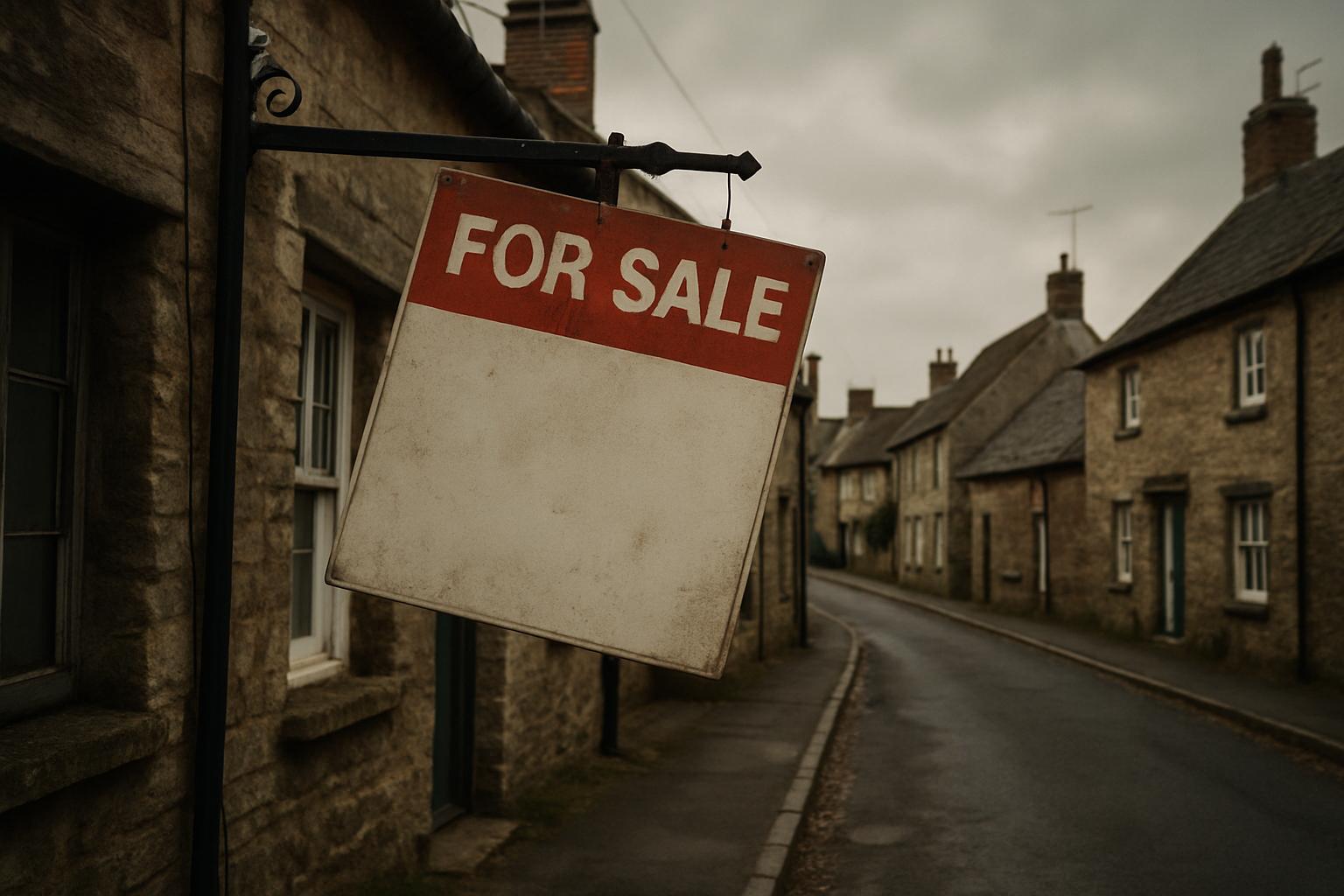Average house prices in the UK drifted upward in August, increasing by just £8,000 over the past year to reach £273,000—a modest 3.0% rise that, on paper, suggests some stability. However, a more critical examination reveals a housing market resting on shaky foundations, riddled with regional disparities and vulnerabilities—especially in London and the flats sector—that expose the fragility of this supposed recovery.
In England, the average house price nudged slightly higher to £296,000, marking a 2.9% year-on-year increase. Yet, beneath this surface lies a fractured landscape. The North East has experienced a significant 6.6% jump, whereas London's housing market has edged down by 0.3%, highlighting the widening regional divide. London, once a jewel of property wealth, now faces stagnation, with its housing market bucking the trend seen elsewhere—a clear sign that the so-called housing “growth” is increasingly uneven and unsustainable.
The stark contrast between property types underscores the severity of the situation. Semi-detached homes saw a 4.9% rise in prices, yet flats and maisonettes endured a decline of about 0.8% across England. In London, flat prices plummeted by 2.6%, alongside broader declines for flats across England and Wales. Jonathan Hopper of Garrington Property Finders captures the carnage aptly, describing the flat market as "tough," with months of stagnation turning into outright price falls. Meanwhile, the more resilient semi-detached sector continues to attract interest—highlighting a market bifurcated by property type and economic sentiment.
This division is reinforced by current economic uncertainties and misplaced government policies. Rumours of upcoming property tax hikes in the Budget have caromed through the market, dampening buyer enthusiasm and causing sales to slow—yet another sign of a government asleep at the wheel. Richard Donnell of Zoopla notes that this Budget uncertainty is "cooling demand" and exerting downward pressure on prices—yet another reminder that the government's inability to deliver clear, pro-growth fiscal policies is failing homeowners and prospective buyers alike.
In this climate of caution, buyers now hold the upper hand, taking advantage of increased supply and lowering prices. Sellers are increasingly forced to slash asking prices—nearly 919,000 reductions so far this year, a 16% rise over last year—showing desperation rather than confidence. Over 240,000 property transactions have fallen through in 2025 alone—an alarming 9% increase—highlighting the perils of a housing market driven more by uncertainty than real growth.
All of these indicators point to a market in meltdown, not recovery. The supposed resilience of house prices is a myth—what we’re witnessing is a sector in decline, with regional disparities widening and speculative bubbles beginning to deflate. Meanwhile, the government’s lack of decisive action and the prevailing economic chaos threaten to drag the housing market—and millions of homeowners—further into turmoil. This is not the sign of a stable economy but a stark warning of a housing crisis that needs urgent, fundamental reform—before more households are pushed out of homeownership altogether.
Source: Noah Wire Services
